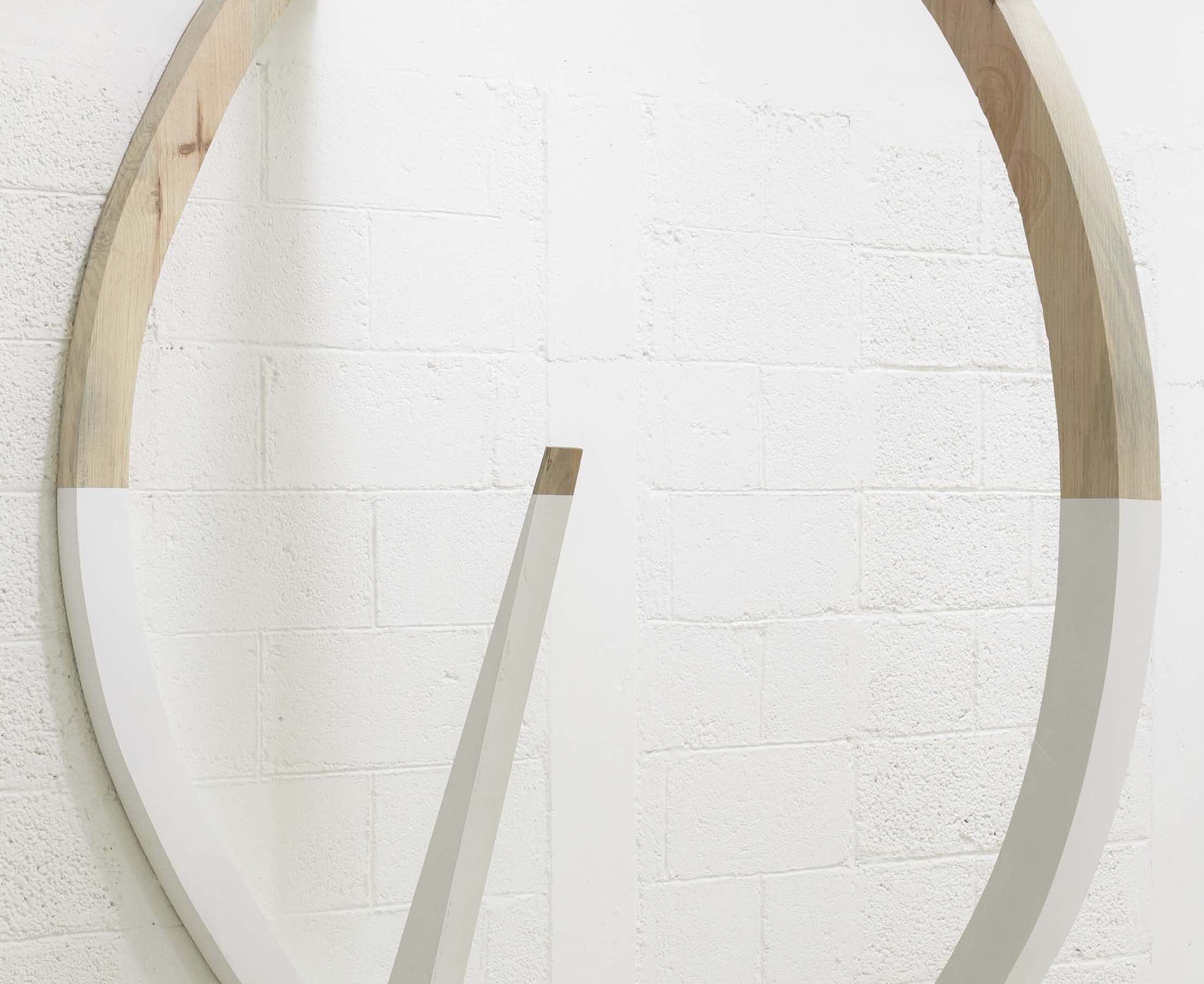
Review
Yutaro Aoki, Puerta del cielo at Studio Block M74
by María Cristina Torres Valle Pons
Five Portals to Shizuoka, Pátzcuaro, and Mexico City
Reading time
3 min
A bridge between distant latitudes sketched by materials and variations of nature. The simple relationship between the space of work, turned exhibition space, and the folding of the three-dimensional on itself into five volumetric propositions entwined by a horizon of color.
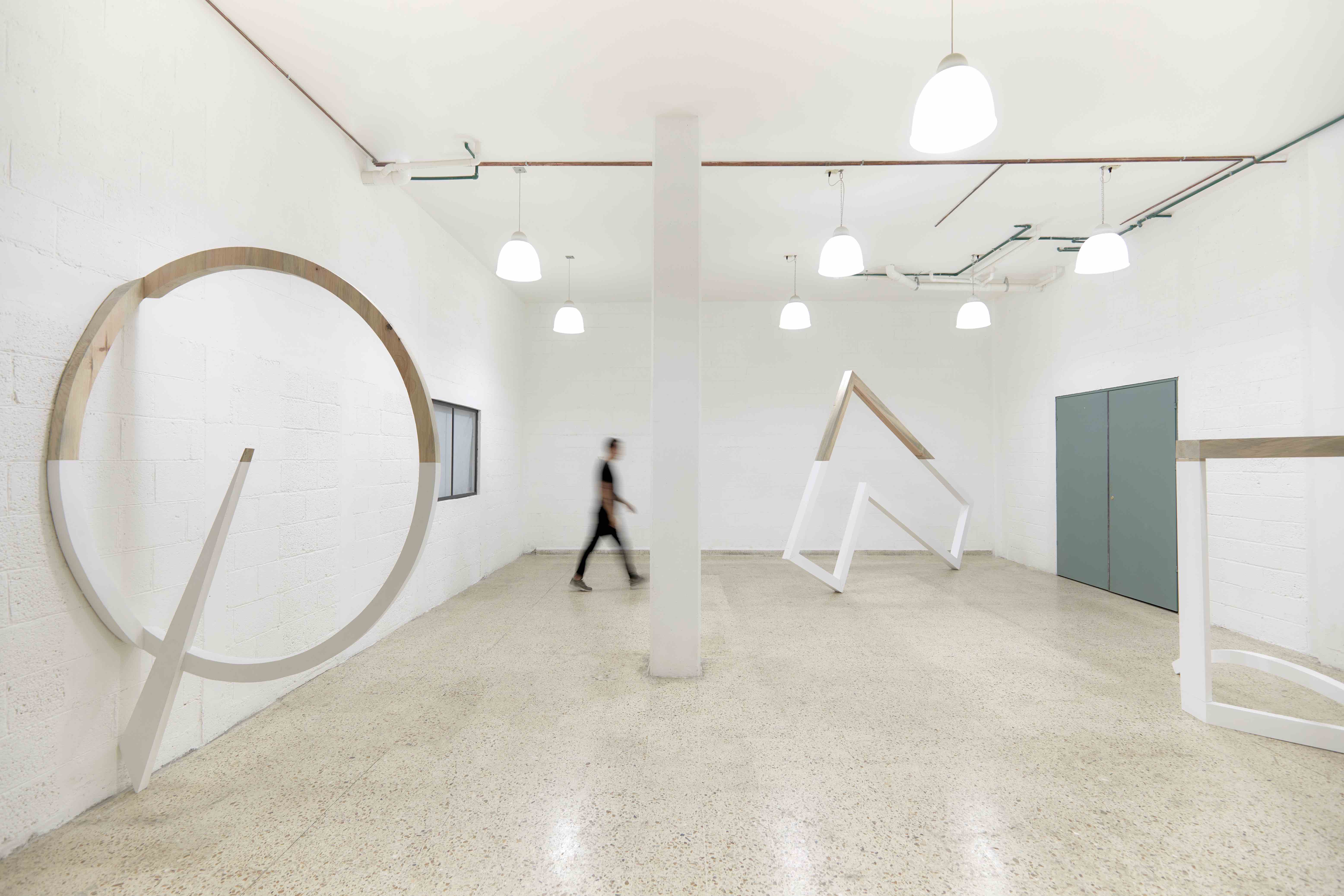
After two years of touring and working in Mexico, the Japanese sculptor Yutaro Aoki presents Puerta del cielo (“Heaven’s Gate”) at Studio Block M74. The sculptures produced in situ continue Aoki’s research into ways of materially articulating the power of intermediate spaces, visible but out-of-focus, structures in which:
“…the form is empty,
the empty is form;
the form does not differ from the empty,
the empty does not differ from the form; whatever may be form, is empty;
whatever may be empty is form."*
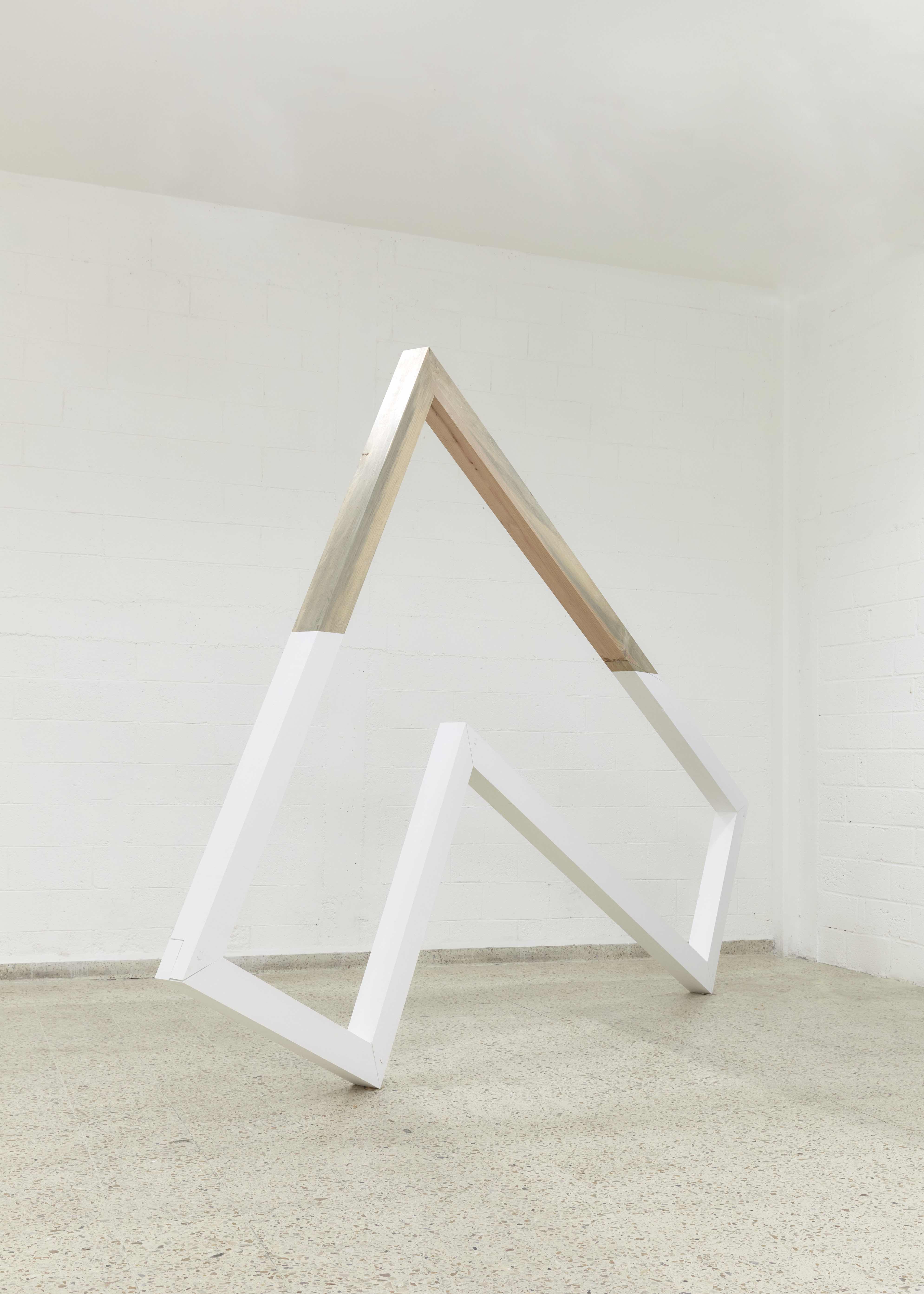
The works unfold from the walls and are pronounced on the floor in order to open furrows in the surroundings, like a frame waiting to be crossed by a scene. Each one is a frame as much as a stroke and a score for movement, for the looking-walking of the sculpture. A subtle balance between acting and non-action materializes in five membranes designed to open from monumental, or almost imperceptible, scales; a fractal where the more you look at it, the harder it is to indicate which is the full space and which is the empty void, what is the substance and what is outside:
“Thirty spokes converge in the center of the wheel,
but the car’s utility lies in the emptiness of the center.
The bowl gets its shape from molded clay
but the utility of the bowl lies in its emptiness.
Thus, we obtain a benefit from what is
and above all we obtain a utility from what is not."**
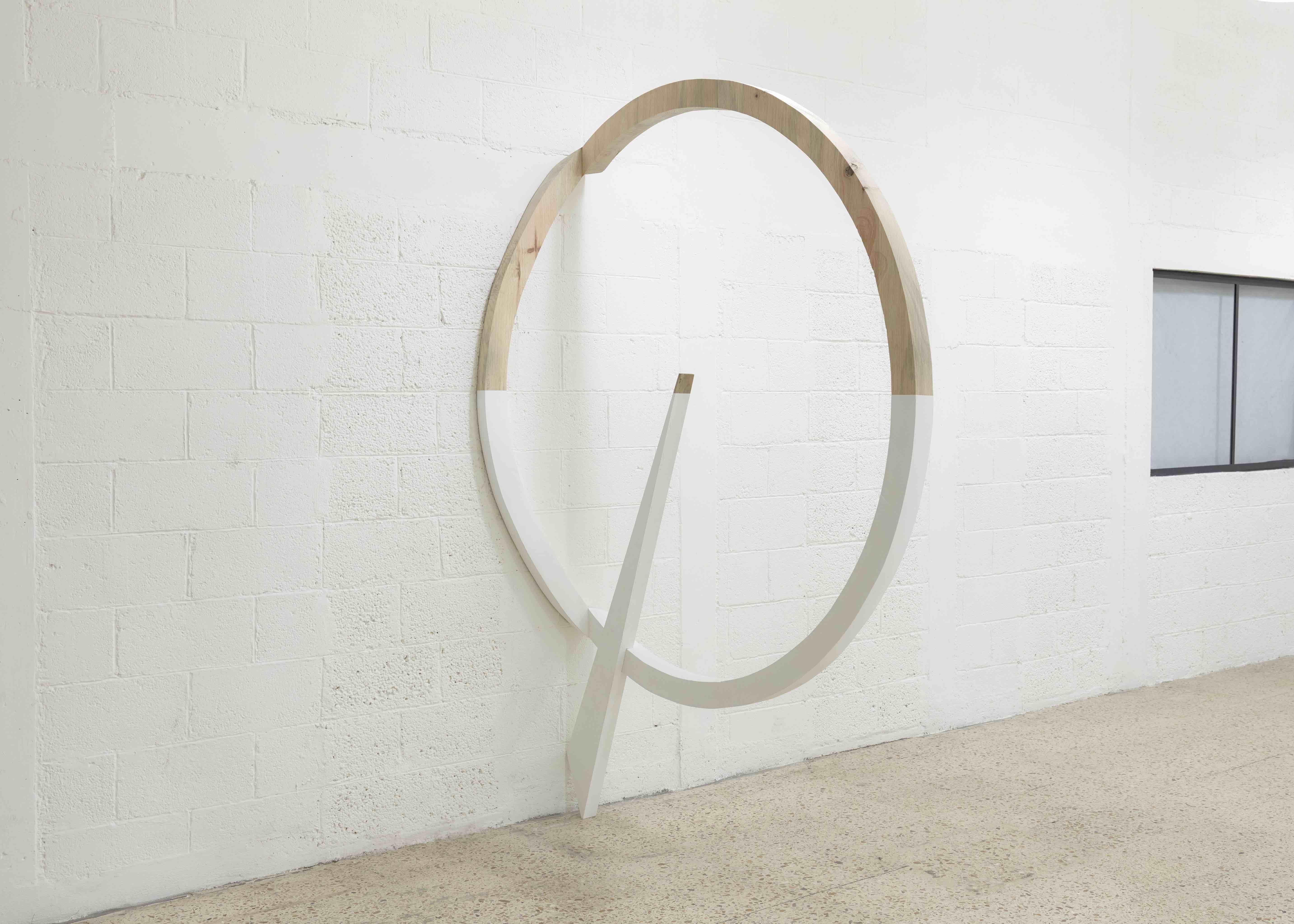
There is something irrevocable in geography, in atmospheres dictated by the weather, in the qualities of the earth and in the legacies of architecture. Aoki’s art, closely linked to work with wood and its thousand-year tradition in Japan, finds a new echo and counterpoint in Pátzcuaro, in western Mexico, from whose forests come the wood of these works as well as the name of the exhibition. According to the book Relación de Michoacán, the town of Pátzcuaro was founded in 1305 and its name in the P’urhépecha language means “heaven’s gate”: the entrance to paradise and channel for the gods. Thought of in this way, the five sculptures could be portals, thresholds, crossings, measuring instruments, maps, and statements meant to rehearse the perspectives in which the distant, for an instant, is touched.
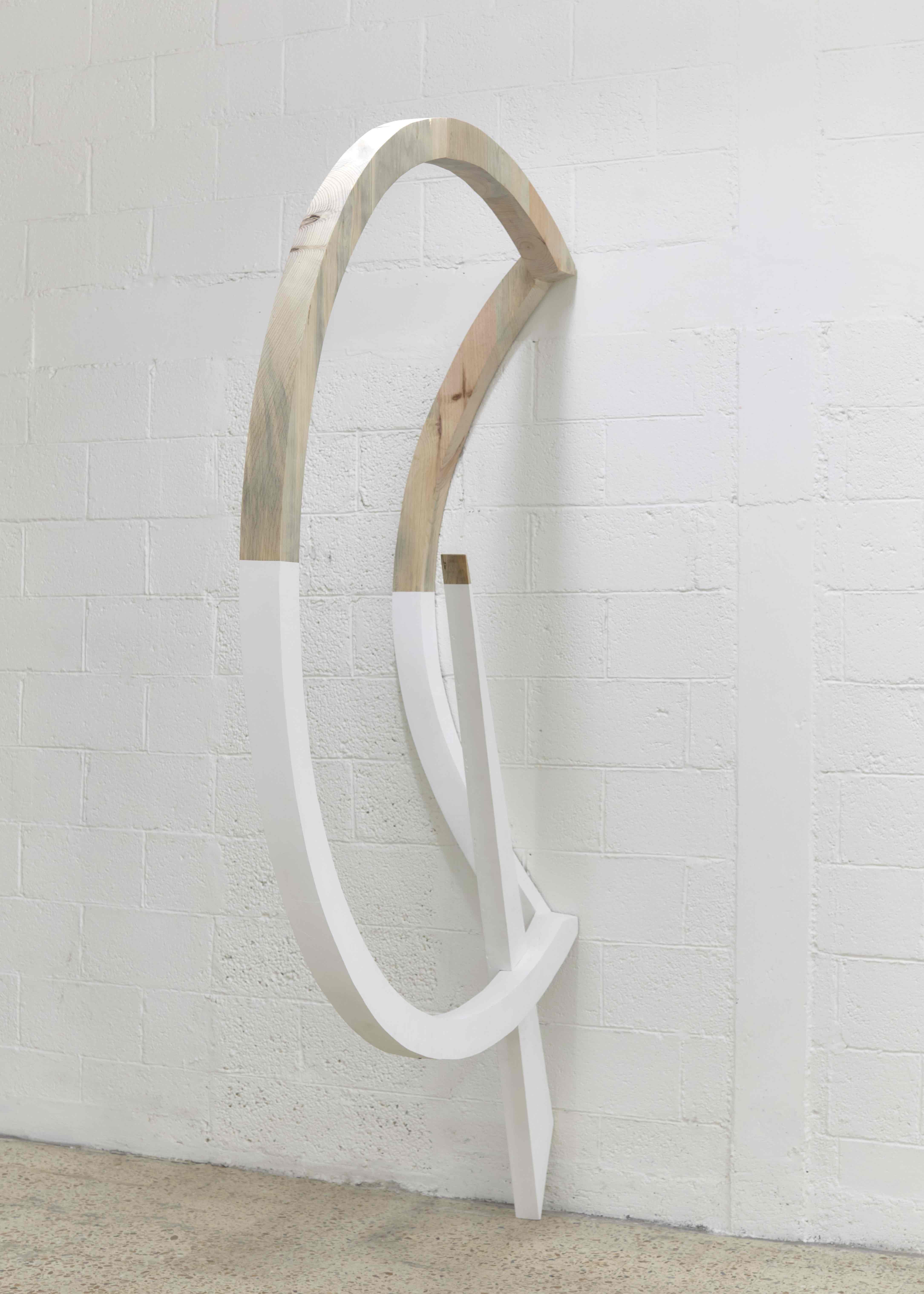
*Fragment of The Heart Sutra. Translated from the author’s use of a Spanish translation by Vajranatha, available for download at: http://www.librosbudistas.com/descargas/corazon/sutra-del-corazon.htm
**Lao-Tse, Tao Te Ching, Chapter 11, Book 1. Translated from the author’s use of a Spanish translation by Seán Golden (Editorial Taurus, 2012).
Published on January 9 2020